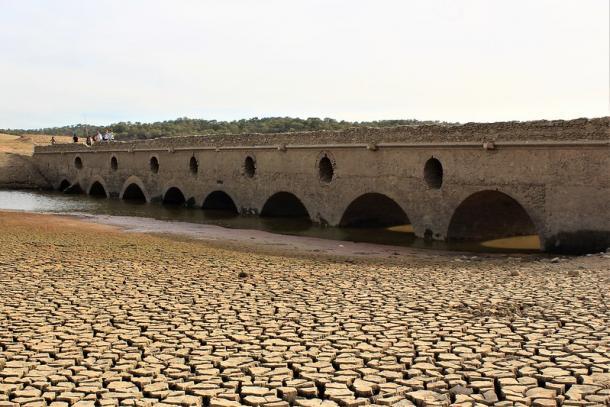Climate Change and Water

Human-induced climate change, as well as naturally occurring climate drivers such as El Niño and La Niña, has a major effect on water.
Climate change is causing the hydrological cycle to speed up as rising temperatures increase the rate of evaporation. More evaporation is causing more precipitation, on average. Higher evaporation and precipitation rates are not evenly distributed around the world. Some areas may experience heavier than normal precipitation, and other areas may become prone to droughts, as the traditional locations of rain belts and deserts shift in response to a changing climate.
Water-related hazards like drought and flooding are thus becoming more serious, and a much greater proportion of annual precipitation is now falling in extreme precipitation events rather than spread more evenly throughout the year.
In many parts of the world, seasonal rainfall patterns are becoming more erratic, affecting agriculture and food security and the livelihoods of millions of people who work on the land.
According to the Intergovernmental Panel on Climate Change (IPCC), rural areas are expected to experience major impacts on water availability and supply, food security, infrastructure and agricultural incomes, including shifts in the production areas of food and non-food crops as a result of climate change.
In urban areas climate change is projected to increase risks for people, assets, economies and ecosystems, including risks from storms and extreme precipitation, inland and coastal flooding, landslides, drought, water scarcity, sea level rise and storm surges.
Most rivers and fresh water bodies are trans-boundary and decisions by one country on water resource management often have implications for other countries, thus making water a potential source for both peace and conflict.
And yet, many countries lack the capacity to monitor and analyze relevant data. This means that decisions on major infrastructure projects like dams or hydroelectric plants as well as urban planning are often made on the basis of outdated or incomplete information.
WMO Action
Climate data and information underpin the management of surface water supplies and disaster risk reduction. This includes calculations of the frequency and duration of heavy rainfall, the probable maximum precipitation and flood forecasting. Such data, on weekly, seasonal and annual timescales and at national, regional and local levels, are now more essential than ever.
The WMO-spearheaded Global Framework for Climate Services thus has water as one of its top priorities and seeks to promote a holistic Integrated Water Resources Management approach as the best way forward for efficient, equitable and sustainable development and management of the world's limited water resources and for coping with conflicting demands.
WMO and the Global Water Partnership build on existing initiatives, including integrated programmes on flood and drought management. An integrated, cross-sector approach to water resource management is vital because water investments are spread across many institutions and different levels of government.

